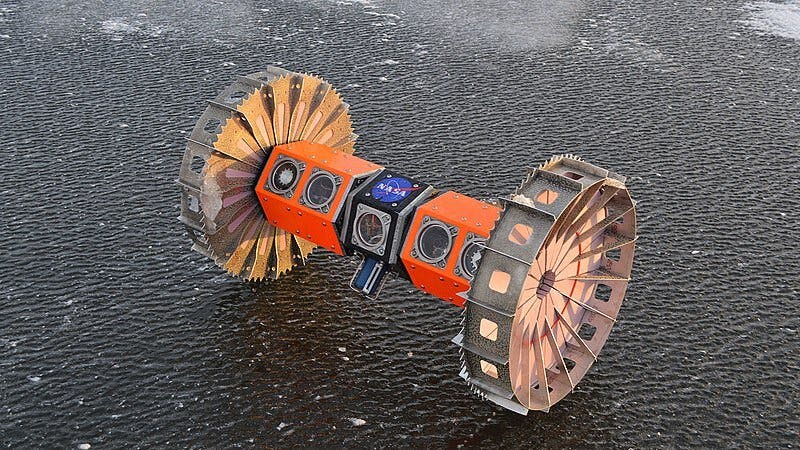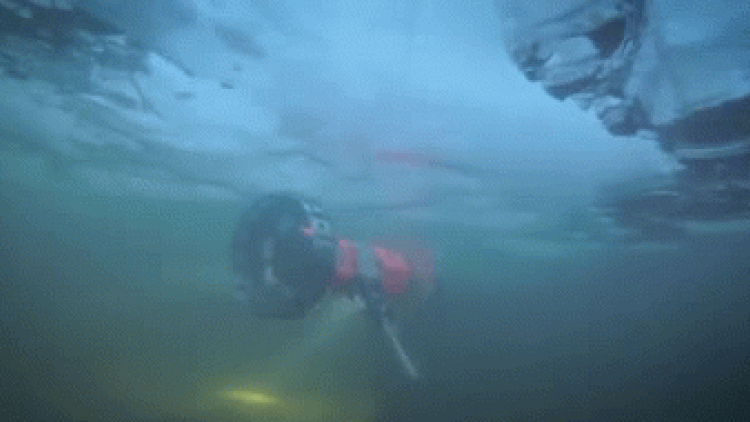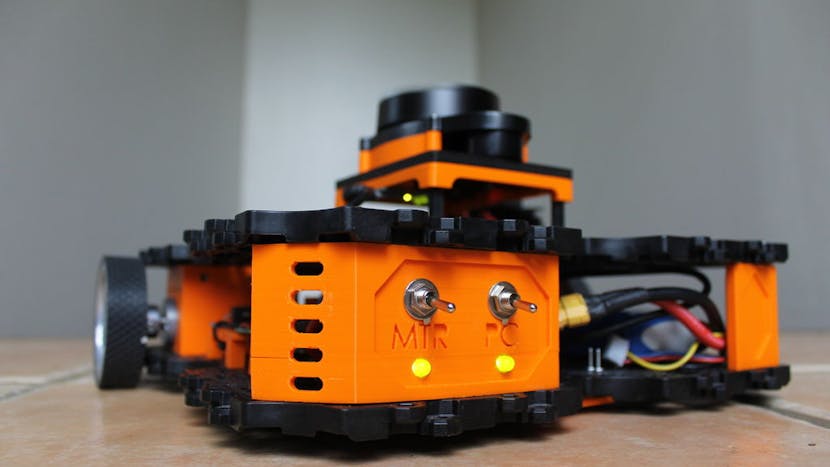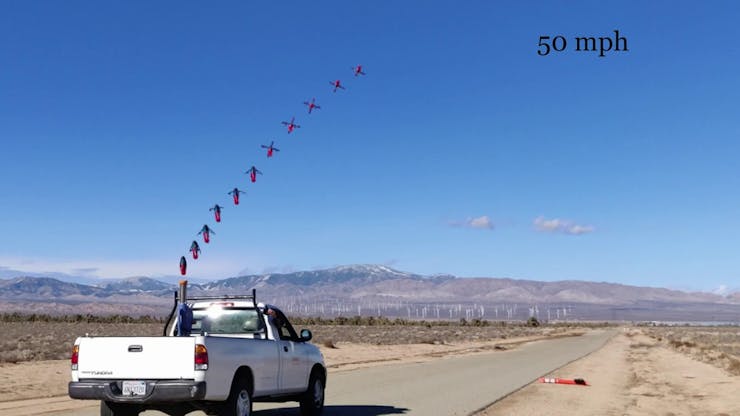(almost) Fully 3D printed tank! This design is easy to print on any hobby-grade 3D printer with no support material needed.
Additional hardware needed:
– 5010 360kV Brushless motors
– 8mm shafts 400mm (I recommend using hardened steel bearing rods)
– M3X12mm Hex Socket Cap Head Self-tapping Screw
– M3X20mm Hex Socket Cap Head Self-tapping Screw
– 503 Steel music wire 0.055″
– 608-ZZ Ball Bearing 8x22x7mm
– 4mm Steel Shafts for gearbox
– F694zz Flanged Ball Bearings 4*11*4mm for gearbox
– 1/2″ or 3/4″ wood screws – Wood
Robotics
Building a rude talking trashcan robot for TEDx Copenhagen // Omnirobot E1
I’m building a rude robot trashcan for the breaks at TEDx Copenhagen 2019. They asked us to build a rude moving trashcan with a voice and drive it with an “in your face” attitude at TEDx Copenhagen in Tivolisalen… so we did.
The robot is built around an Arduino Uno used as the main controller and an Arduino Nano for the motor control. Commucation is via an USB Host Shield and a Bluetooth dongle. 2 MDD10A 2.0 motorcontrollers were used to control the 4 JGB37-550 motors.
The mp3 player is a Serial mp3 player v1.0 and the amplifier and speakers come from a set of Z150 Logitech computer speakers. Battery is a Tattu 22000 mAh, 14.8V 4 cells LiPo battery. A DC-DC converter was used to deliver 5V for the controllers.
NASA’s BRUIE Autonomous Robot Undergoes Training to Explore Oceans of Other Worlds
The University of Western Australia and NASA have wrapped up testing of its autonomous underwater robot at Australia’s Casey research station in Antarctica, after being previously fielded in the Arctic and Alaska. Known as BRUIE (Buoyant Rover for Under-Ice Exploration), the robot is destined to explore other planetary bodies of water within the solar system, including Jupiter’s Europa and Saturn’s Enceladus moons. The robot has been in the testing phase since 2012 and is tasked to look for biosignatures beneath the ice of other worlds, as well as gather topography data about the ice while submerged.


Adam Savage’s Spot Robot Rickshaw Carriage!
Adam’s first project with Boston Dynamics’ Spot robot gives it a novel purpose: pulling a custom-built carriage with Adam as its passenger! Watch Adam give Spot some Victorian flair and the interesting problems that arise in marrying cutting-edge robot technology with vintage transport.
Is LIDAR easy to use for hobbyists? DIY Roomba? Obstacle Avoidance System for Robotics
In this video we will have a closer look at a commercial LIDAR sensor for hobbyists. We will find out how the sensor manages to measure the distance to objects placed all around it and how we can use this data with a computer and an Arduino. At the end I will then create a small robot which uses the LIDAR system to “crudely” navigate through a room. Let’s get started!
U.S. Police Already Using ‘Spot’ Robot From Boston Dynamics in the Real World
Massachusetts State Police (MSP) has been quietly testing ways to use the four-legged Boston Dynamics robot known as Spot, according to new documents obtained by the American Civil Liberties Union of Massachusetts.
And while Spot isn’t equipped with a weapon just yet, the documents provide a terrifying peek at our RoboCop future.

Gesture Controlled Raspberry Pi Rover
In this video I demonstrate a gesture controlled Raspberry Pi rover I created as a pet project. I recently purchased a Adeept Mars Rover PiCar-B and thought to extend it by adding gesture control functionality to it.
For gesture recognition, I am using a NodeMCU wired to a GY-521 (MPU-6050) breakout board. The NodeMCU constantly reads the 3-axis accelerator readings and transmits them to the Raspberry Pi rover over MQTT channel.
Though I have used Adeept Mars Rover but this application is not specific to it. You can use any rover/car and customize the driving logic accordingly.
Build Your Own Waffle-Style TurtleBot
If you’ve been looking for a robot chassis that can accommodate a wide range of computing and sensor hardware, then look no further than the TurtleBot. As explained here, while this TurtleBot3 can be purchased in both a “Burger” or “Waffle” configuration, it’s entirely possible for you to build this open source device yourself.

Engineers Design Cannon-Launched Drone for Easy Deployment
Engineers from NASA’s Jet Propulsion Laboratory and CalTech have developed a quadcopter drone that can be fired from a cannon as a method of safe deployment in crowded and wind-driven environments.
Known as SQUID (Streamlined Quick Unfolding Investigation Drone), the drone is a football-shaped quadcopter that is launched from a tube, deploys its rotors, and stabilizes itself before flying to its objective. The design offers minimal risk during takeoff (avoiding obstacles, debris, people, etc.), and becomes airborne faster than conventional drones.

Quadruped Robot Tsuki Is ROS-Enabled and Completely Position Controlled
Autonomous Systems Scientist (A&K Robotics) Lingkang Zhang has designed and built over a dozen robots over the years that range from bipedal and quadruped to rovers and drones. His latest creation is Quadruped Robot Tsuki — an ROS-enabled, highly dynamic robot that builds off his previous quadruped design (Quadruped Kaze), only it’s stronger, faster, and more robust. It’s also wholly position controlled, with no contact sensors on its feet, or any IMUs for that matter.

